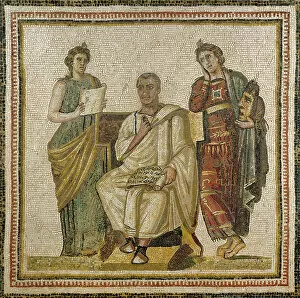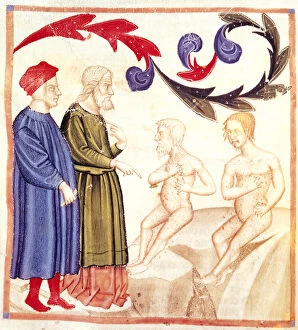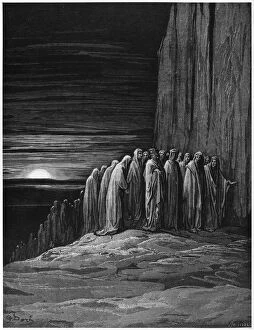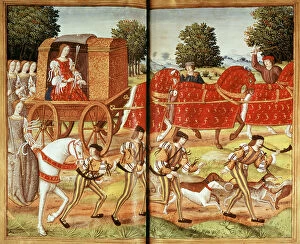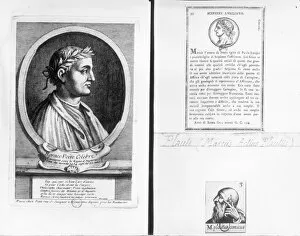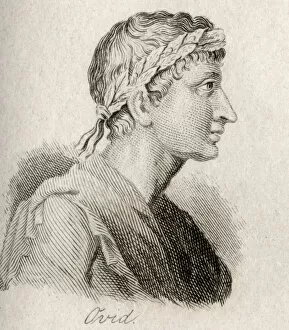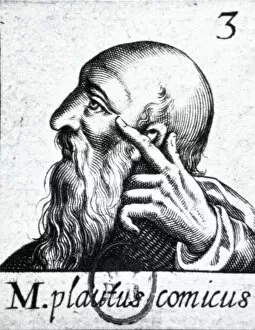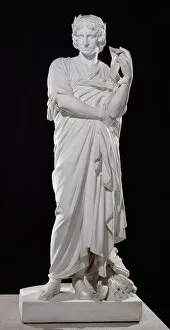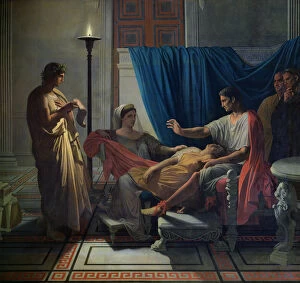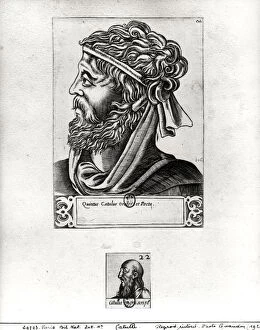Roman Poet Collection
"Exploring the Legacy of Roman Poets: From Ovid to Virgil and Dante" In this captivating collection of engravings, mosaics, and illustrations
For sale as Licensed Images
Choose your image, Select your licence and Download the media
"Exploring the Legacy of Roman Poets: From Ovid to Virgil and Dante" In this captivating collection of engravings, mosaics, and illustrations, we delve into the world of ancient Roman poets. The first engraving portrays Ovid, a renowned poet whose works continue to inspire generations. His image exudes wisdom and creativity as he immortalizes his words on parchment. Moving forward in time, we encounter Virgil, a masterful poet from the 1st century BC. In one striking mosaic from Sousse (Hadrumetum), Virgil stands alongside the Muses themselves, symbolizing his divine inspiration. Another illustration depicts him writing before Artemis in reverence for nature's beauty as depicted in "The Georgics. " Dante Alighieri enters our narrative through his masterpiece "The Divine Comedy. " An enchanting engraving showcases Dante accompanied by Virgil himself as they embark on their journey through Hell. Their faces reflect determination amidst chaos and despair. As we explore further within "The Divine Comedy, " another illustration reveals Dante encountering the Erinyes - fearsome goddesses who punish sinners in Greek mythology. This depiction captures both terror and awe inspired by Dante's vivid imagination. We also catch glimpses of other influential figures intertwined with these poets' legacies. A bust of Virgil reminds us of his enduring impact on literature throughout centuries. Portraits grace our vision - Horace with an air of sophistication; Scipio Aemilianus radiating leadership; Plautus evoking laughter through comedic genius. Lastly, a vellum illustration from Ovid's Epistles transports us to a hunt scene filled with action and adventure – showcasing yet another facet of this multifaceted poet's repertoire. Through these images spanning different eras and mediums, we witness how these remarkable poets have shaped literary traditions across time.


